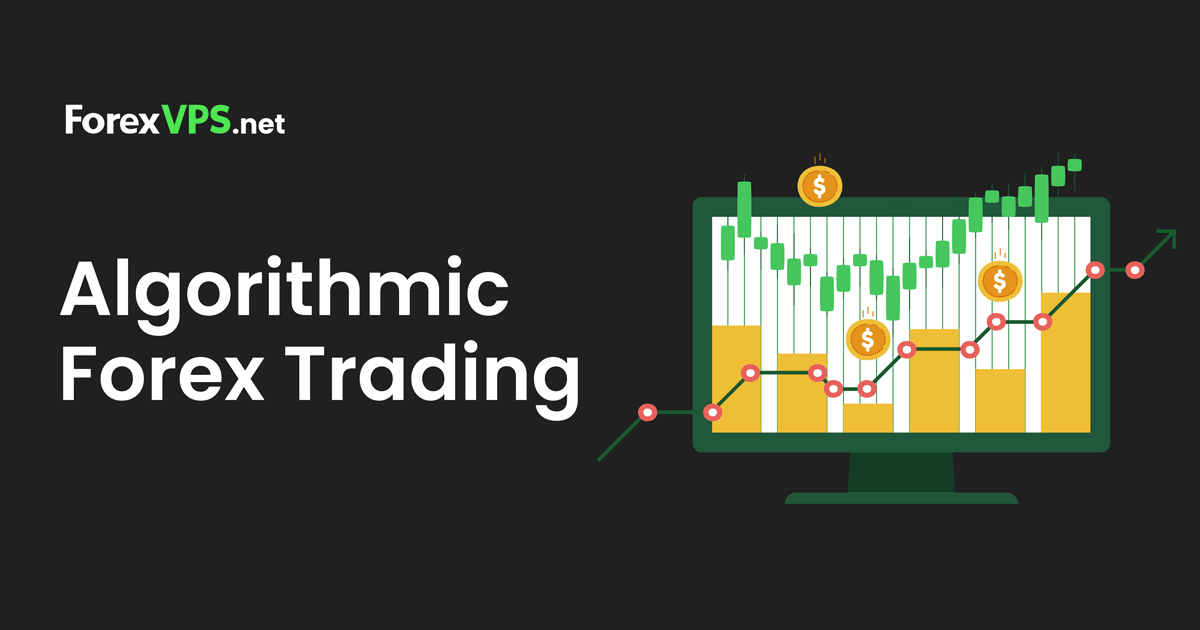Driven to Divide: Insights & Perspectives
Exploring the forces and ideas that shape our divided world.
Forex Frenzy: Navigating the Currency Jungle
Unlock the secrets of Forex trading! Join the frenzy and master the currency jungle for profits and success today!
Understanding Currency Pairs: The Basics of Forex Trading
Understanding currency pairs is fundamental in Forex trading. At its core, Forex trading involves buying one currency while simultaneously selling another, which creates a currency pair. The first currency in the pair is known as the base currency, while the second is termed the quote currency. For example, in the pair EUR/USD, the Euro (EUR) is the base currency and the US Dollar (USD) is the quote currency. The price of this pair indicates how much of the quote currency is needed to purchase one unit of the base currency, reflecting the relationship between the two currencies.
There are two main types of currency pairs: major pairs and minor pairs. Major pairs involve the most traded currencies globally, such as the US Dollar, Euro, and Japanese Yen. Some common examples include GBP/USD and USD/JPY. On the other hand, minor pairs do not involve the US Dollar and include currencies like the Euro and British Pound, such as EUR/GBP. Understanding these distinctions is crucial for traders as they navigate the dynamic landscape of the Forex market. For further insights into these types of pairs, check out Forex.com.

Top 5 Strategies for Successful Forex Trading
Forex trading can be challenging, but employing the right strategies can significantly enhance your success. Here are the Top 5 Strategies for Successful Forex Trading:
- Develop a Trading Plan: A well-defined trading plan is crucial for navigating the forex market. It should include your trading goals, risk tolerance, and a clear set of rules for entering and exiting trades. According to Investopedia, consistency in following your plan is key to long-term success.
- Practice Risk Management: Effective risk management helps protect your capital from significant losses. Limit your exposure by only risking a small percentage of your trading account on any single trade. Tools such as stop-loss orders can effectively mitigate risks. For more on risk management, check out BabyPips.
Additionally, successful traders emphasize continuous learning and market analysis.
- Stay Informed: Keeping yourself updated with the latest economic news and events that affect currency markets is essential. This can help you make informed trading decisions. Utilize economic calendars from reliable sites like Forex Factory to track important events.
- Use Technical Analysis: Analyzing price charts and trends through various technical indicators can provide insights into potential price movements. Learn the basics of technical analysis from Investopedia to enhance your trading strategy.
- Emotional Discipline: Maintaining emotional control during trading is vital. Trading can evoke fear and greed, which may lead to impulsive decisions. Cultivating discipline helps you stick to your strategy, thereby improving your trading performance.
What Factors Influence Currency Exchange Rates?
Currency exchange rates are influenced by a multitude of factors that reflect the economic, political, and social dynamics of nations. One of the primary factors is interest rates; higher rates typically attract foreign investment, leading to an appreciation in the currency’s value. Additionally, central bank policies play a crucial role. For instance, when a central bank raises interest rates, it often results in increased demand for that currency as investors seek higher returns. Other significant factors include inflation rates, where lower inflation rates in a country boost its currency, making it more attractive to foreign investors.
Political stability and economic performance are also major determinants of currency exchange rates. Nations with stable governments and strong economic prospects typically see their currencies appreciate against those of less stable countries. Moreover, factors like trade balances and foreign exchange reserves can impact currency values. For example, a country with a trade surplus will often have a stronger currency, as it signifies a higher demand for its goods and services. Understanding these factors is essential for anyone involved in trading or investing in foreign currencies.